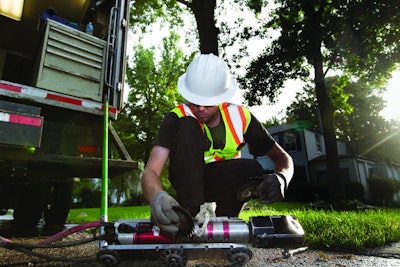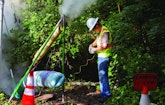
There was a time when pipe relining was an unknown and little-trusted solution for repairing broken sewer lines. But judging from the rapid growth of SAK Construction in O’Fallon, Mo., that perception is disappearing like water down a drain.
Founded in 2006 by Jerry Shaw, Bob...










